Vacuum technology has been the core to important development in science since the 1800s. Although there were many inventors of the incandescent light bulb, Thomas Edison came up with a version better than the others. It was because he achieved a higher vacuum allowing the carbon filament to burn brighter for longer.
In 1904 a British engineer John Fleming patented a vacuum tube called the thermionic valve. It heralded an age of the modern wireless.
John-Fleming
Cold-cathode diode
Earlier, in 1869 inventor Johann Hittorf saw unknown rays emitted from a negative electrode and casting shadows on the walls of the tube. It was called a cold-cathode diode. It was not until 1927 that Kenjiro Takayanagi was able to transmit images in half-tones of a human face. The cathode ray tube trademark was granted to the Radio Corporation of America, RCA, and the first television sets were produced, all thanks to vacuums.
The principle of a vacuum pump is removing molecules of air or gas from a chamber, or in the case of a household vacuum cleaner, to the outside.
steam-digester
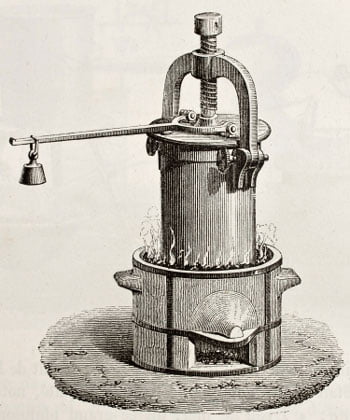
Vacuum technology changed it all
Industry is driving new developments in vacuum technology, specifically electronic goods. Larger flat screen televisions are possible due to better pump technology. Solar cells, scientific instruments such as mass spectrometry, and the increasing us of wafer thin semiconductors require vacuums with higher gas movement.
Vacuums are measured in units call Torr, named after an Italian physicist Evangelista Torricelli. Traditionally one Torr is the equivalent of 1 millimetre of mercury in a barometer. An example of the range of vacuum units would be a rough vacuum less than the atmosphere is 1 Torr: Ultra high Vacuums are the equivalent of 10-11 Torr.
modern-technology-concept
Pumps are categorized by the way they work such screw, claw, diaphragm, rotary piston, single-stage roots, and oil sealed rotary vane. Each design of vacuum pump has its advantages and disadvantages. For example oil-sealed rotary pumps perform well across the range, but acids in the etching process of making semiconductors degrade the oil. Contamination of pumps using oil bearings limits the life of the pump. Magnetic bearings to levitate the pump’s drive shaft mean oil as a lubrication is no longer needed.
modern-robotic-vacuum
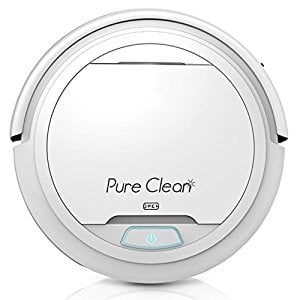
Innovations in vacuum pump technology required by industry mean the motors of household vacuums in the future will use less power, generate lower noise levels, capable of running for longer periods, and require less maintenance than the motors of today.
The impact on the market and cost of vacuums
These galloping changes had a deep impact on the industry. It’s a cut-throath race between the top brands to come up with newer, better, cheaper vacuums. The landscape is ever changing and even the modern stick models that were all the rage a few years back are quickly taking the back sit.
Vacuums that used to cost 3 or 4 times more and were considered the top of the line vacs, whether it’s uprights, sticks, handheld or even robotic, go for under $100 these days and are considered cheap and quickly becoming outdated.
cheap-robotic-vacuum-cleaner

It was unimaginable to get a robotic vacuum cleaner for under 100 bucks just a few years back, but it’s happening before our eyes. The saturated market is driving the prices down. And these cheap vacuum cleaners are no joke; it’s the same units that were leading the industry innovation just 5 years ago.
A chaos for the companies, but great the consumer.
What the future holds
In-Plane Switching
Futuristic vacuum cleaners will function and look differently than the standard upright models popular today. Gyu Ha Choi, a finalist in the Electrolux Design Lab competition, took a new approach to robotic cleaners. A special IPS, which stand for In-Plane Switching used in screen technology for Liquid crystal displays, is attached to residents shoes. As each one walks through the house or shop the cleaner follows sucking up dirt dropped from foot wear. The cleaner has other functions set in motion by tapping feet.
robo-tab-cleaner
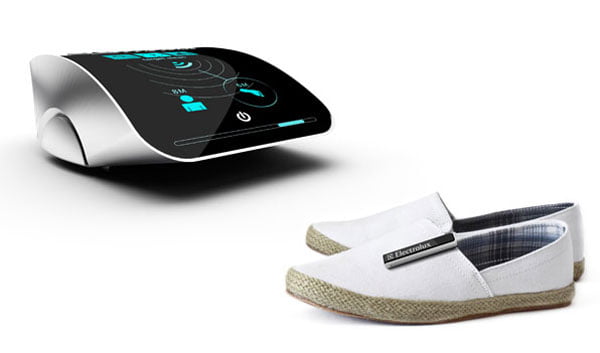
Other cleaners will have the appearance of ones we have today, but instead of unsustainable plastics and other expensive materials, will be made from renewable, and recyclable parts. The EV Cardboard VAX is a conventional cleaner made from cardboard, a green alternative to what is on the market today.
The Dustball
Another futuristic design bearing no similarity to today’s robotic vacs is the Dustball. Robotic vacs today essentially look the same across all brands: more-or-less round discs that run on wheels. The Dustball is modeled after a hamster ball.
dust-ball-robotic-vacuum
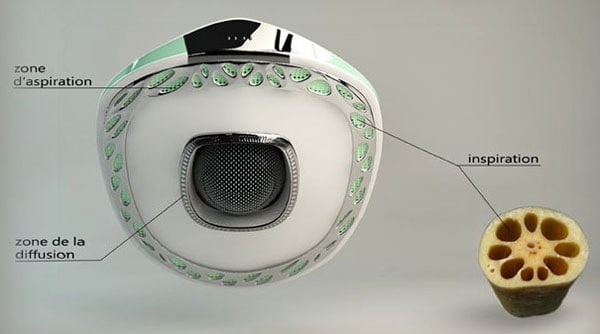
Designed for public places such as airports, the ball rolls as it cleans. Those walking past simply kick the ball out of the way meaning less danger of passengers tripping over. When the dust cup is full, the cleaner goes to a designated place and glows. An inner rotating ball allows the Dustball to roll on two axis before returning to a small, unobtrusive base to recharge.
Vacuum cleaners work by removing air. As atmospheric pressure forces air into the brush roller head dirt particles are sucked up and carried up hoses or steel wand and blown into a dust canister. Air is returned to the atmosphere through a filter that blocks fine dust particles from going back into the air.
Nano-technology might be the future of vacuums – meet Nanophea
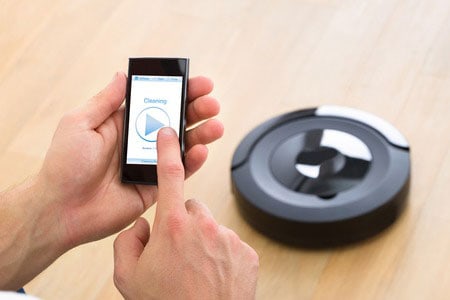
The Nanophea Robot vacuum cleaner works on different principles unlike any cleaners today.
Inspired by the lotus flower, this alien looking cleaner uses Nano-technology.
Nanophea Robot vacuum
What this essentially means is that pearls of water are spread around the cleaner’s wing-like body. Dust and dirt particles are attracted to the water droplets, which are sucked up through receptacles much like the hole patterns found in water lily seed pods.
The dirty water is then passed through filters to clean the droplets which are dispersed to clean over and over again. Called the Tuvie, it is designed by Zaier Jihed. The Nanophea is also only about 4 inches tall making it perfect for getting under sofas or beds. Across the front section of this robotic cleaner is a smart scanner able to detect debris needing to be cleaned. The charging station has an infra red sensor to allow the cleaner to return once the power is low.
The “rat-race” goes on and it’s a good thing
While to many the future may be here with the release of models such as the Dyson 360 eye using the proven Radial cyclone technology, digital motor, mobile app, and anti slip tank tracks, the advances in technology will see vacuum cleaners of the future utilizing innovations only seen in the large-scale production of superconductors and LCD television screens.
It can be said with a degree of certainty that future cleaners will be vastly more energy efficient than today’s power-hungry models. Robotic vacs may come with solar panels and sensors to detect the sunny parts of the day to recharge batteries. Battery technology is changing, from heavy lead acid, to the compact lithium-ion. Future vacuum cleaners will have recyclable components, but more importantly, effectively capture airborne particles harmful to human health.

